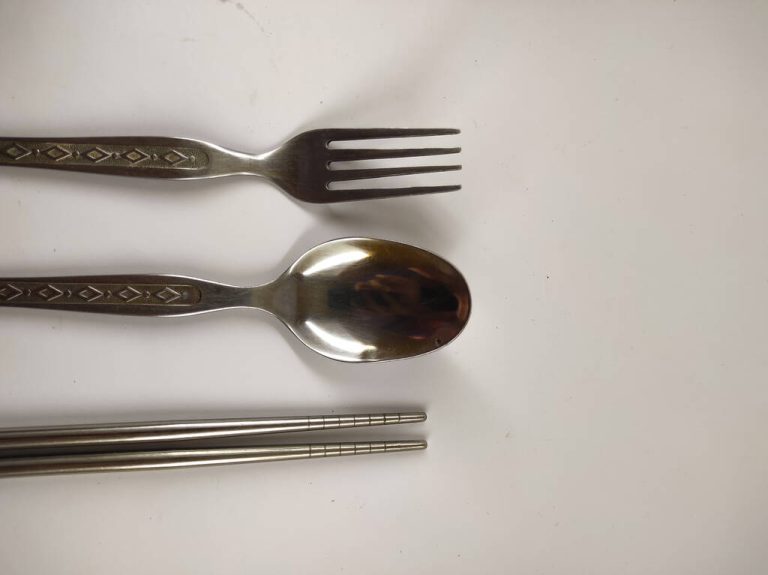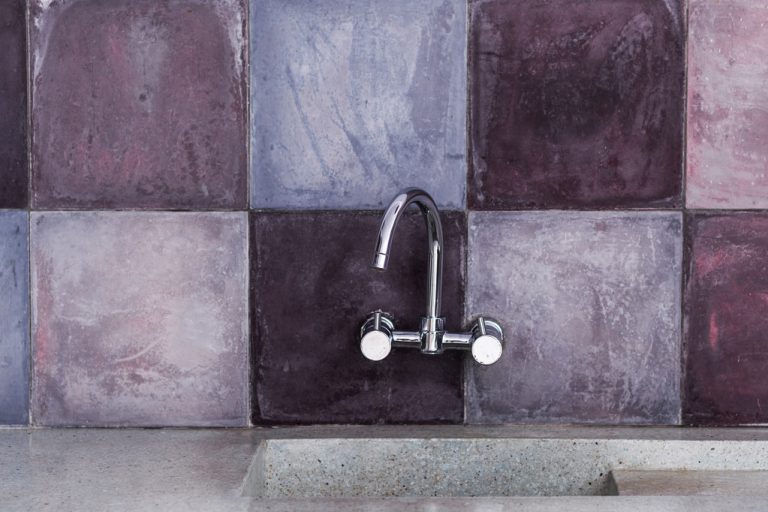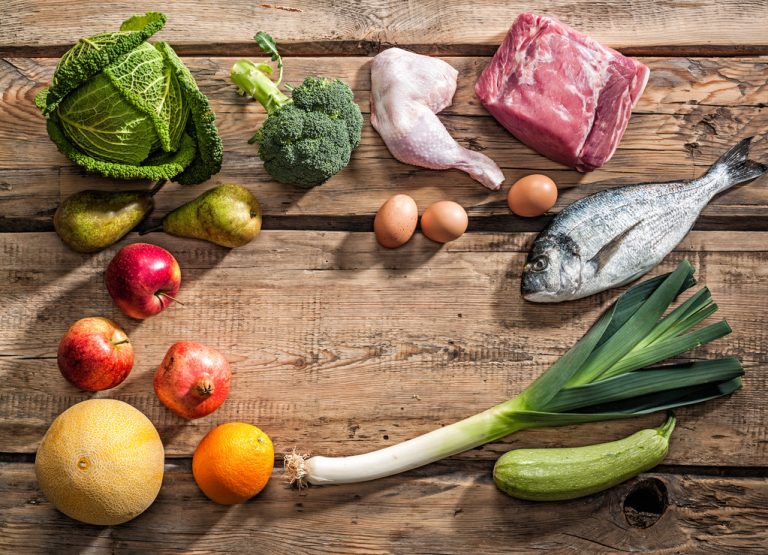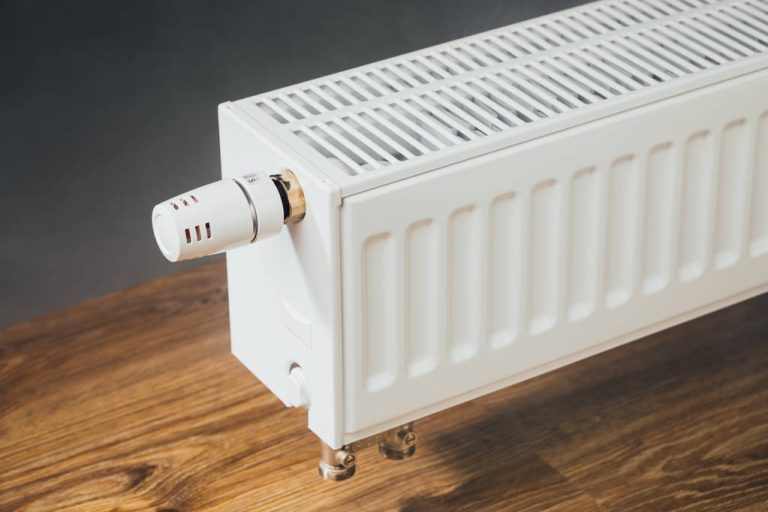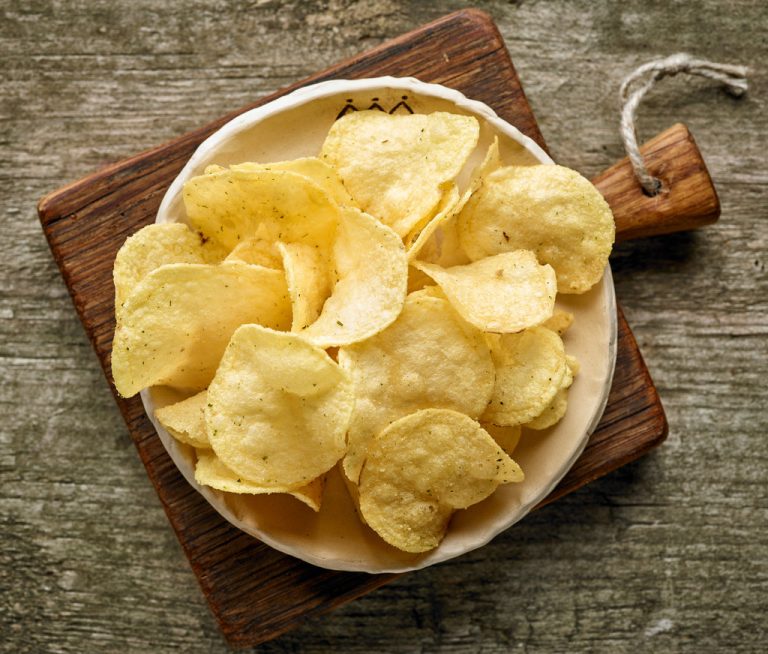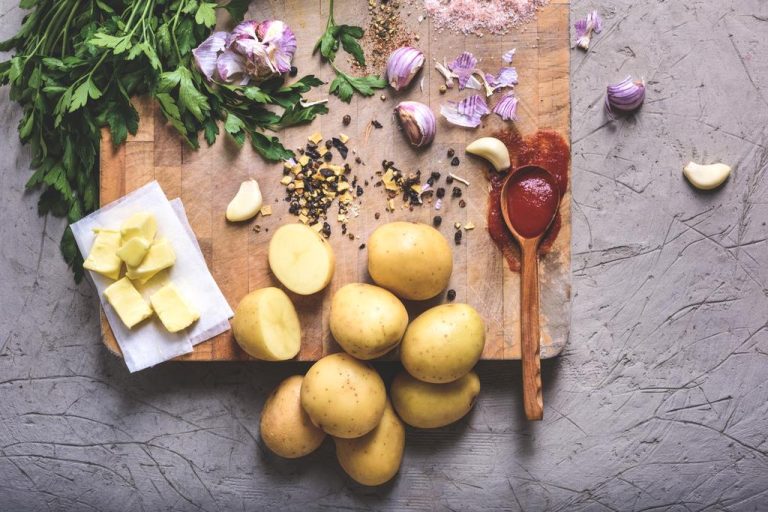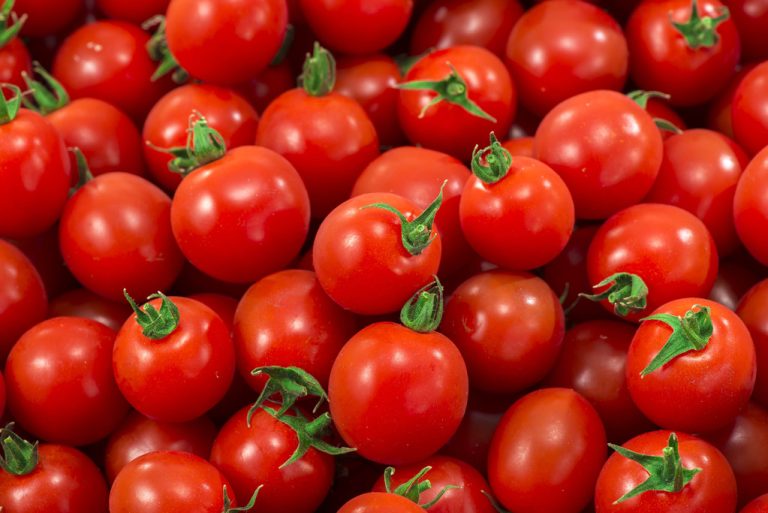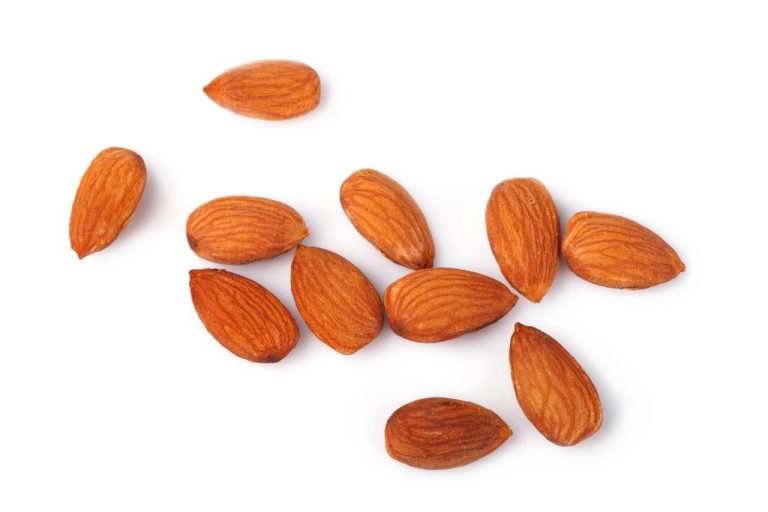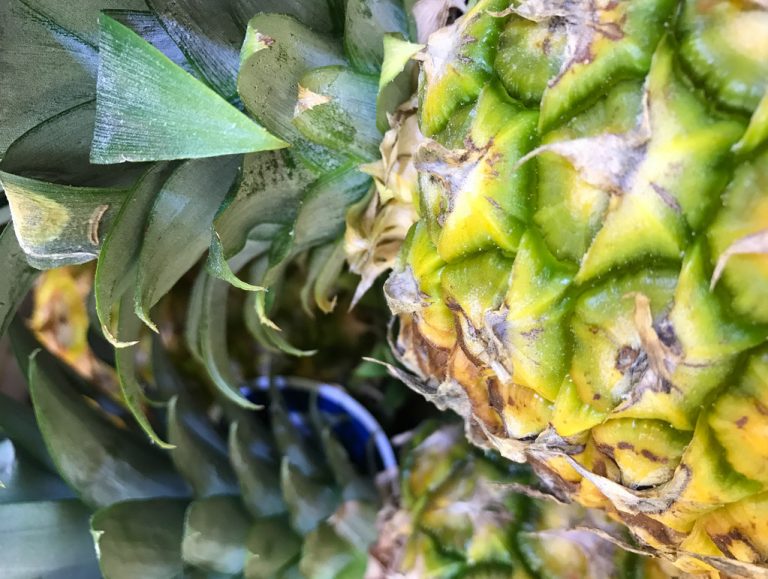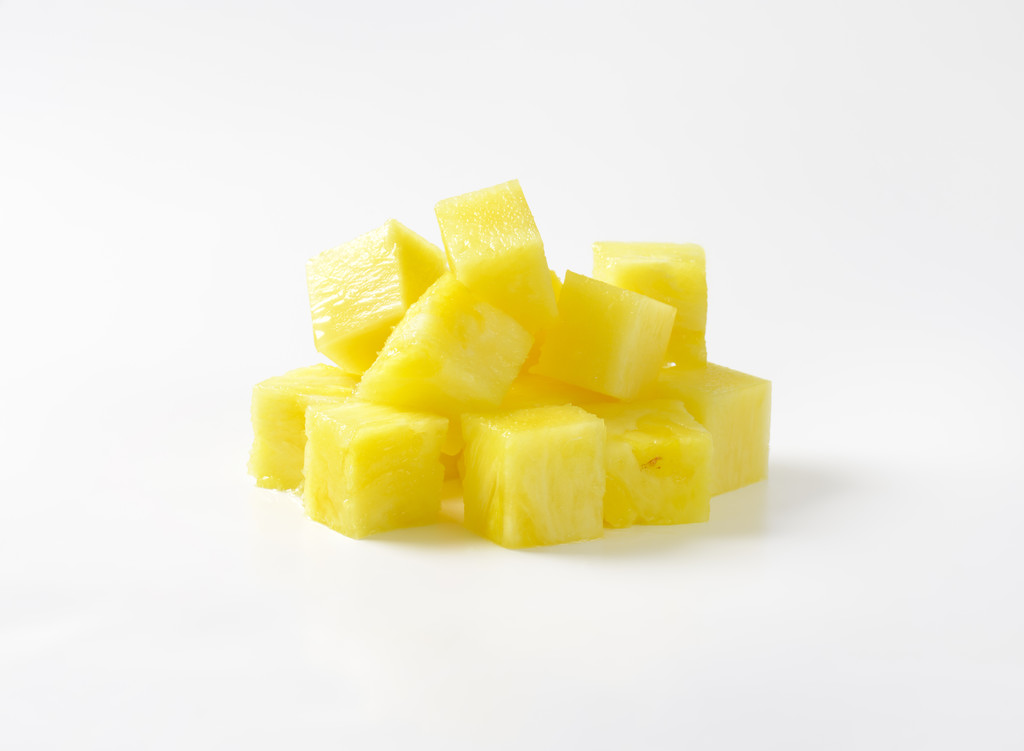Lose weight without much effort? – That’s fine. Because the key to every success in losing weight is not in meager diets: A fitness expert explains why it can theoretically also work with chips and cola to let those annoying pounds tumble.

In theory, you can also lose weight with chips and cola
The calorie requirement is the index of energy that the body needs to function. However, this is not the same for every person, but individual. Nutrients are divided into three so-called “macronutrients” or “macros”. These are carbohydrates, proteins and fats.
one gram of carbohydrates is over four calories
a gram of protein is over four calories
a gram of fat over nine calories
Fitness trainer Yannick Reinlein is certain that you can fill your calorie balance with unhealthy foods. For example, you can very well lose or maintain your weight with a diet that consists only of chips. However, Reinlein emphasizes that from his point of view this is not recommended. “You can definitely lose weight with the motto calories equal calories, but whether that’s healthy is a completely different question,” he says.
According to Reinlein, there are two main reasons why you shouldn’t do this: satiety and the feeling of hunger. “50 grams of carbohydrates from potatoes or gummy bears make no difference in terms of the calorie balance, but potatoes have a significantly higher satiety effect. So you don’t have to go hungry,” says Reinlein.
After all, unhealthy foods don’t have this name from just anywhere. Logically, it’s ultimately about the calorie balance that keeps the body functioning, but similar to an internal combustion engine, it’s always important to have the right fuel for the engine in question. “It’s exactly the same as cream and salmon. Both have fat, but the percentage of unsaturated fatty acids in salmon is much higher than that in cream, making it a much healthier source of fat,” explains the fitness expert.
You can lose weight by eating unhealthy foods
Especially with a diet that focuses on losing weight, it is important to change your diet and use healthy foods. True to the motto “you are what you eat”, nutrition is the lynchpin for physical well-being.
“A healthy body loses weight better than a sick one. Digestion is negatively affected by an unhealthy diet, and it can also promote the formation of inflammation in the body. Only when the body is healthy can it fully perform the function of burning fat,” says Reinlein.
Nevertheless, everyday movement should not be underestimated. Every step and every extra effort ensures that the calorie turnover increases. Consequently, if you burn a lot, you also need a higher calorie intake. Conversely, this means that you increase your calorie turnover through an increased amount of exercise and the combustion is boosted. If you then also save on calorie intake here, you will quickly lose weight. A good example of this is Bernd Stelter. According to him, he has only changed small habits, such as taking the stairs instead of the elevator or simply walking more every day. With success: Stelter has become a whole 25 kilos lighter!

Additional movement increases combustion
Ultimately, it is even true: Calories equal calories. But even if the body functions equally well on a diet of chips and cola as on a diet of vegetables and meat, you can’t compare it. This confirms that you can lose weight through an unhealthy diet, but that there is no guarantee that you will be healthier afterwards than before. If you also want to go one step further and lose weight as quickly as possible, you will still not be able to do with additional exercise. Nevertheless, the old rule applies here too: Patience makes perfect.


